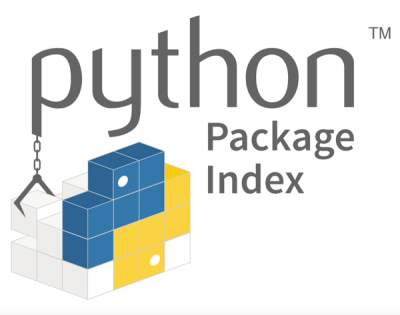reaver
Minimal asset hashing CLI and API
Use as a CLI or programmatically.
Install
npm install --save-dev reaver
API
The API exposes a function.
reaver(files, options)
Moves the specified file(s), appending to their paths a hash of their contents. Directories and missing files are ignored.
If a manifest: true option is passed, it returns a map of file paths to the resulting hashes. The manifest always uses absolute paths.
reaver.rev(file, data)
This method will just return the hashed filename based on the provided data, without accessing the file system.
Circular Dependencies
When you have circular dependencies, you can use --consider <file>. Suppose you have app.js and service-worker.js. app.js references the worker to install it, and the worker references app.js to download it for offline-first. You can --consider service-worker.js when hashing app.js so that the contents of service-worker are factored in the hashing of app.js, so that even though app.js itself hasn't changed, the hash will change if the contents of service-worker.js have changed.
Without this option, you would keep changing the hashes for each file as the reference to the other file changes in each other.
CLI
Usage
reaver [options] [file] [file] [file]
Invokes the reaver(files, options) API method, using minimist for option parsing.
Example
Usage example below
touch foo{,.js}
reaver *
ls
# foo.d41d8cd9 foo.d41d8cd9.js
License
MIT



